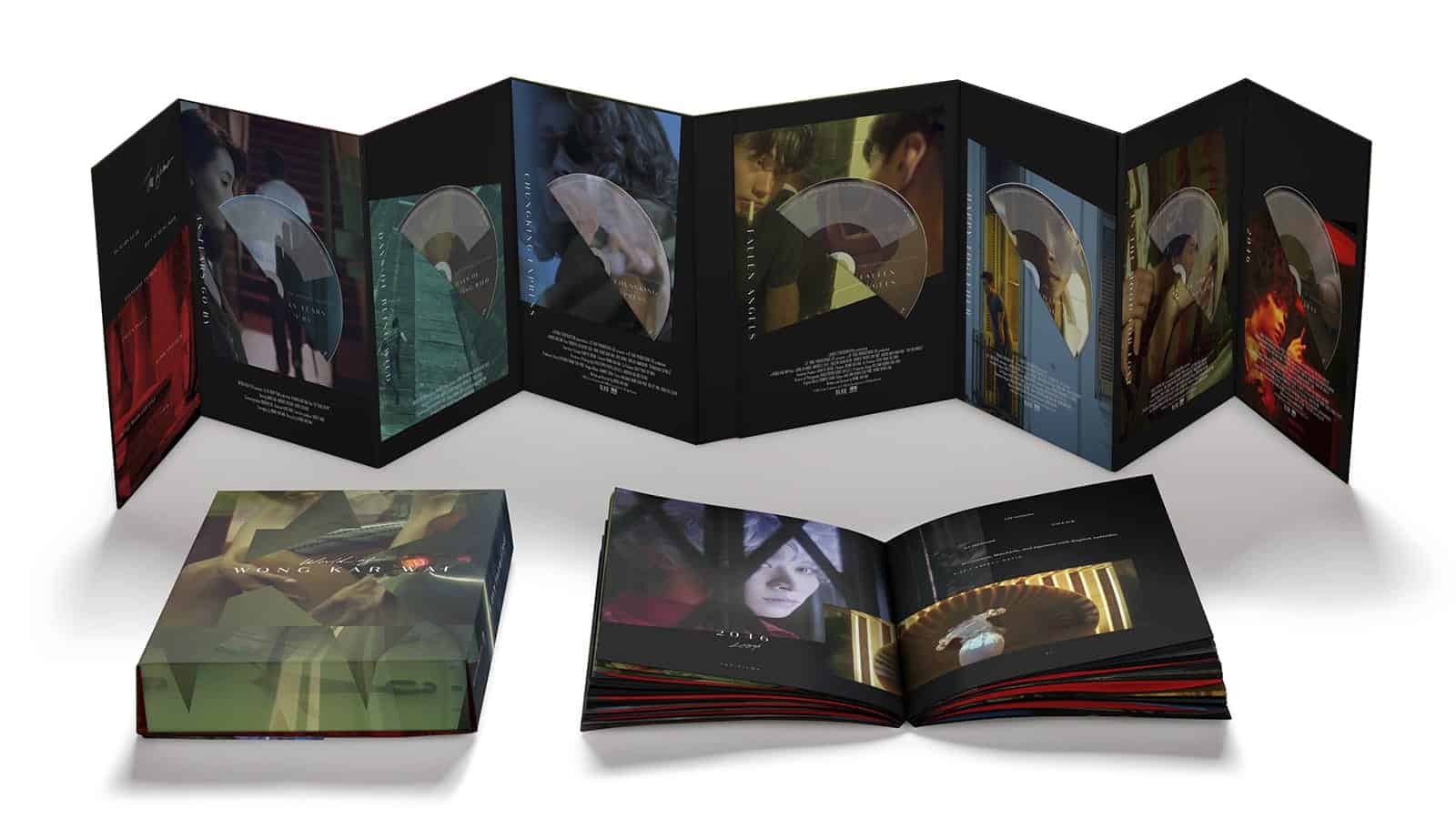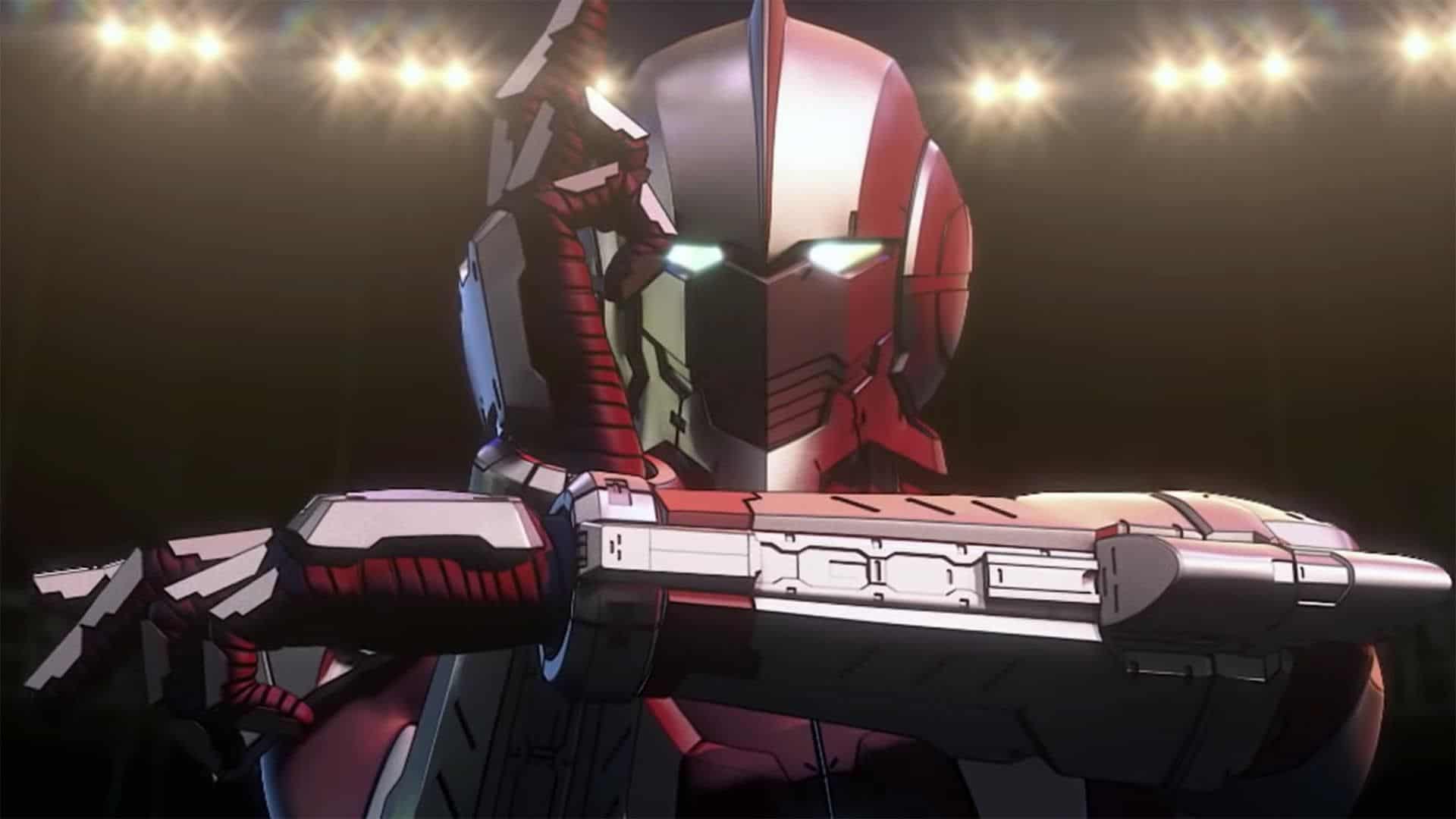3. Informal Trilogy (Wong Kar-wai, Hong Kong)
Days Of Being Wild (1990), In The Mood For Love (2000), 2046 (2004)

In “Days of Being Wild”, the script is set in 1960's Hong Kong and tells the story of a number of individuals and their romantic relationships. Yuddy meets Su Lizhen in a stadium's snack bar and has a passing affair with her. Later on he meets a stripper named Mimi and his best friend, Zeb, falls in love with her. In the meantime, Su Lizhen meets a police officer named Tide. Wong Kar Wai bases his film upon Yuddy, Leslie Cheung's character, who once again plays a cold and self-centered character, who is unable to commit to a relationship and tends to dismiss his girlfriends without caring for their hurt feelings.
However, through his relationship with his adopted mother, a prostitute set on keeping the identity of his biological mother a secret, his character becomes likable as usual. Moreover, his character is the one that instigates all the relationships appearing in the film.
“In The Mood for Love is set In 1962 Hong Kong, in a building with rented rooms, Chow and his neighbor, Su discover that their spouses, who are frequently absent supposedly due to professional reasons, are having an affair with each other. This particular discovery brings them very close as they try to understand what drove their significant others to adultery.
Wong Kar Wai directs a movie about two lonely individuals that experience solitude inside their marriage. Their resolution toward their discovery is to attempt to do the same, in an atypical and hurtful effort at reenactment. Although they have sworn not to be led to the same situation, they are both hurt and feel the need to comfort each other. However, everything seems to be against them; the gossip and reprimands from their proprietor and even their own selves as they seem to be drowning in guilt. Furthermore, he focuses almost exclusively on his two protagonists, with the rest of the characters being just shadows. Both Tony Leung and Maggie Cheung deliver in an astonishing fashion in this lyrical ode to unfulfilled passion.
In “2046”, Journalist Chow Mo Wan writes a novel titled “2046”, the year when the passengers of an unusual train travel in search of their lost memories. It is a story that uses the future as the point of return to Chow's past, one he cannot leave behind, and ends up as a trip where each stop represents a woman in his life. In an evident connection with “In the Mood for Love”, his biggest love was named Su Li Zhen, in a relationship that never actually materialized. The trip on the train is actually a search for this woman.
“2046” is a gorgeous film, a fact stressed by the physical presence of its protagonists, Tony Leung, Ziyi Zhang, Gong Li and Maggie Cheung. The first one has the most demanding role, presenting a character whose sarcastic attitude, bleak manners and devious smile appear only to hide his weaknesses and his perpetual lack of fulfillment.
Furthermore, “2046” stands apart due to its ingenious cinematography, with the film being shot almost exclusively in interior spaces, a tactic used to clearly depict the entrapment of the protagonists inside their own emotional world.
Buy This Title
on Amazon by clicking on the image below

2. Apu Trilogy (Satyajit Ray, India)
Pather Panchali (1955), Aparajito (1956) The World of Apu (1959)

The first part of the “Apu Trilogy” is the first from independent India to attract major international critical attention; it won India's National Film Award for Best Feature Film in 1955, the Best Human Document award at the 1956 Cannes Film Festival, and several other awards, establishing Satyajit Ray as one of the country's most distinguished filmmakers.
The trilogy tells the story of Apu, starting with his childhood in the beginning of the 20th century, in a small Bengali village. His father is a priest and a poet, but does not make enough money to support the family, with the burden falling on his mother, who also has to deal with the old aunt living with them.
In the second film, Apu is ten–years old and lives in Benares, until he moves into a small village with his mother and aunt. Being a very good student, he eventually wins a scholarship for a college in Kolkata, but his mother finds it very hard to let him go.
In the third part, Apu has left his school days behind him, and dreams of becoming an author. When a friend from college invites him to a wedding in a village, his life changes forever.
The Apu Trilogy is considered one of the most influential works of all time, with the depiction of the lives of the Bengali being impressively realistic, to the point of occasionally functioning as a documentary.
One of the films' biggest traits is their black-and-white cinematography from Subrata Mitra, a still photographer who did his first work in cinema on this film, even having to borrow a 16mm. Despite his inexperience, his cinematography is extremely effective, particularly in natural environments, like forests, rivers, in a pond, the monsoon, and more.
Among the many impressive scenes that take place in the three films, despite the shoestring budget, one definitely stands out as a true classic moment: the one where the mother is watching over her feverish child, while rain and wind hit the small house from all sides, with the threat becoming evident from every aspect, in a truly agonizing sequence.

1. The Human Condition (Masaki Kobayashi, Japan)
No Greater Love (1959), Road To Eternity (1959) A Soldier's Prayer (1961)

The trilogy is based on the six-volume, autobiographical novel by Junpei Gomikawa, published from 1956 to 1958. It is considered one of the masterpieces of world cinema and established Masaki Kobayashi as one of the most important directors of the “Golden Age” of Japanese cinema. The trilogy follows the Sisyphean life of Kaji, a pacifist and socialist who finds himself repeatedly crushed by the totalitarian Japanese regime of the World War II era, as he tries to avoid becoming an actual soldier.
His odyssey starts from a Manchurian POW camp, where he tries to bring justice to the Chinese POW's, who suffer miserably in the hands of the Japanese authorities. His superiors fight him at every step, as he deals with corruption and the inhumanity of the army. Next, he is sent to the front, where he is placed in charge of the new recruits. Here, his main opponent is the veterans, who do not seem to stop torturing the new recruits and Kaji himself. The situation becomes even worse when they have to actually face the Russian army. In the last part of the trilogy, he is in charge of a band of army survivors, as they try to reach the border to south Manchuria. Their trip will bring them to a village almost exclusively occupied by women, and in a Russian POW camp.
Kobayashi directs a film about existential despair and the dilemma of a man who rejects existing society, but has to remain with it. His struggle is a series of truly heroic acts, as he tries to avoid being tainted and even corrupted by the system. Kaji is driven by compassion and a sense of justice, both of which are repeatedly proven not to have any place in the army or the war. Furthermore, he is never rewarded for his virtue, but instead is repeatedly and brutally punished, both psychologically and physically, both directly to him and indirectly, towards the people he wants to protect.
Kobayashi pulls no punches in the depiction of his subjects. According to him, not only war, but the army by itself strips individuals from any dignity, transforming them, in the process, into beasts. Kaiji's struggle to avoid his fate is one of the most impressive and meaningful aspects of the film. Furthermore, the Japanese people, and particularly the imperialists and military men are portrayed with the darkest colors. They are liars, thieves, greedy, unjust, drunk on authority, driven only by basic instincts, and utterly misguided, since they cannot seem to grasp their critical situation as they lose the war, despite every evident that comes their way. «Man is a mass of lust and greed» says a character in the first part, and this sentence encompasses Kobayashi's opinion of his compatriots. His take is even more exemplified in the comparison with the Russians, who, at times are depicted as the exact opposite.
It was a very brave effort by Kobayashi to portray his people in that fashion, as Japan had not yet started to look sincerely at the country's imperialistic past. Inevitably, it caused much controversy when it was screened.















